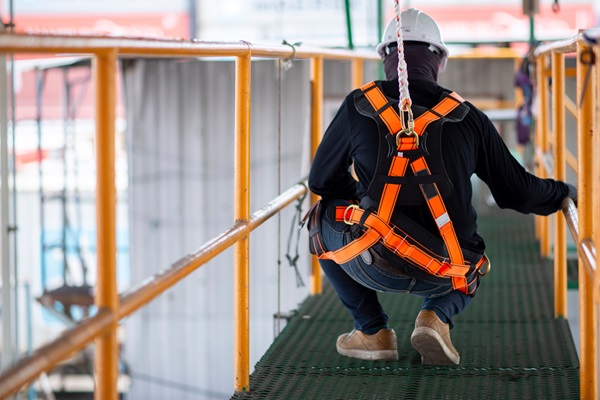
Building Safety from the Ground Up: Best Practices for Operating Heavy Construction Equipment
July 15, 2022
Predictive Analytics in Workplace Safety: A Strategic Game-Changer
July 15, 2022
Building Safety from the Ground Up: Best Practices for Operating Heavy Construction Equipment
July 15, 2022
Predictive Analytics in Workplace Safety: A Strategic Game-Changer
July 15, 2022In the world of industrial safety, an effective safety committee plays a pivotal role in fostering a culture of safety and awareness. These committees transcend mere regulatory compliance, serving as dynamic platforms that engage employees and management alike. Whether you’re running a small business or managing a large corporation, a well-structured safety committee delivers significant benefits, such as improved hazard awareness and reduced workers' compensation claims.
This guide highlights seven actionable strategies to establish and manage a successful workplace safety committee that actively enhances safety and collaboration.

1. Leverage Diverse Perspectives
The foundation of a robust safety committee lies in its diversity. Include representatives from various departments and levels of management to ensure the committee reflects your entire workforce. Prioritize members with a genuine passion for safety—they bring enthusiasm and a sense of purpose that drives the committee’s success.
2. Invest in Training and Resources
Knowledge is power when it comes to workplace safety. Equip committee members with comprehensive training and tools to identify and mitigate potential hazards effectively. Well-informed members are better equipped to lead safety initiatives and address challenges confidently.
3. Streamline Meetings with Strategic Planning
Efficiency is key to productive committee meetings. Prepare agendas ahead of time, establish clear objectives, and set time limits for discussions. Structured and focused meetings ensure that every session contributes to improving workplace safety.
4. Introduce Member Rotation
Keep the committee fresh and dynamic by periodically rotating members. Voluntary participation can reinvigorate engagement and bring new perspectives. This approach works particularly well in larger organizations, where it helps sustain motivation and injects innovative ideas into safety discussions.
5. Make Meetings Engaging
A safety committee doesn’t have to be dull. Introduce creative elements such as unique meeting locations, guest speakers, or interactive exercises. Keeping members engaged enhances their participation and ensures the committee remains effective.
6. Learn from External Practices
Expand the committee’s expertise by exploring safety protocols from other industries. Benchmarking external practices offers fresh ideas and a broader understanding of potential safety solutions, enriching your team’s approach to risk management.
7. Build a Strong Foundation
Launching a safety committee may seem overwhelming, but with these strategies, you can create a respected and impactful team. A well-organized committee not only meets regulatory standards but actively prevents accidents and fosters a culture of safety.
By embracing these strategies, your organization can cultivate a proactive safety culture that protects employees and boosts collaboration. Remember, a safety committee is most effective when it’s driven by a genuine commitment to employee well-being.
For expert guidance on industrial safety solutions and signage, trust EZSecur. Explore more at www.ezsecur.com.





